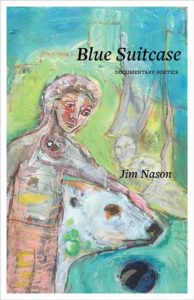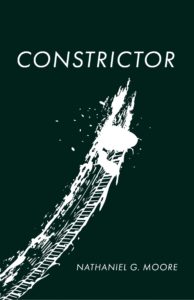I ‘ve had the good luck to visit Spain three times in the last two years — Barcelona, Madrid, Granada, Frigiliana, Malaga and, most recently, León and Galicia in the northwest.
Each time I went looking for traces of the Spanish Civil War. I came back with mere traces.
In Barcelona, the city had a small temporary exhibit about the war on the second floor of a city building. I had Jo-Anne take pix of me in the photo crowds. I looked suitably grey and 2-D.
There were a few poster replicas in an old bookstore.
In Granada, we missed the unmarked spot where Lorca was taken out and beaten to death by Francoist thugs in 1936.
In whitewashed Frigiliana, on the Mediterranean side of a range of mountains in the south, a self-published book revealed that many men from the village fled to the mountains when Franco’s forces assumed control of the area. They fought until the last one was killed in 1952 or so, but were not guerrillas. They had been re-labelled bandits in 1939.
Driving north out of Madrid this April, on nearly empty highways, it was impossible to miss this huge cross thrust into the low mountains on the near horizon. Very creepy.
It was the monument that Franco had spent years building to mark his eventual burial place. A source says old men still gather there on certain days, in uniform.
We left the Barcelona exhibit by walking through a narrow tunnel with a gel floor and a lonely wind soundtrack. Your footprints glow for a second or two, then slowly fade. It’s a tribute to the many hundreds of thousands who fled Spain.
There is so little left in the few graves they’ve dug up.
Like memory.




























